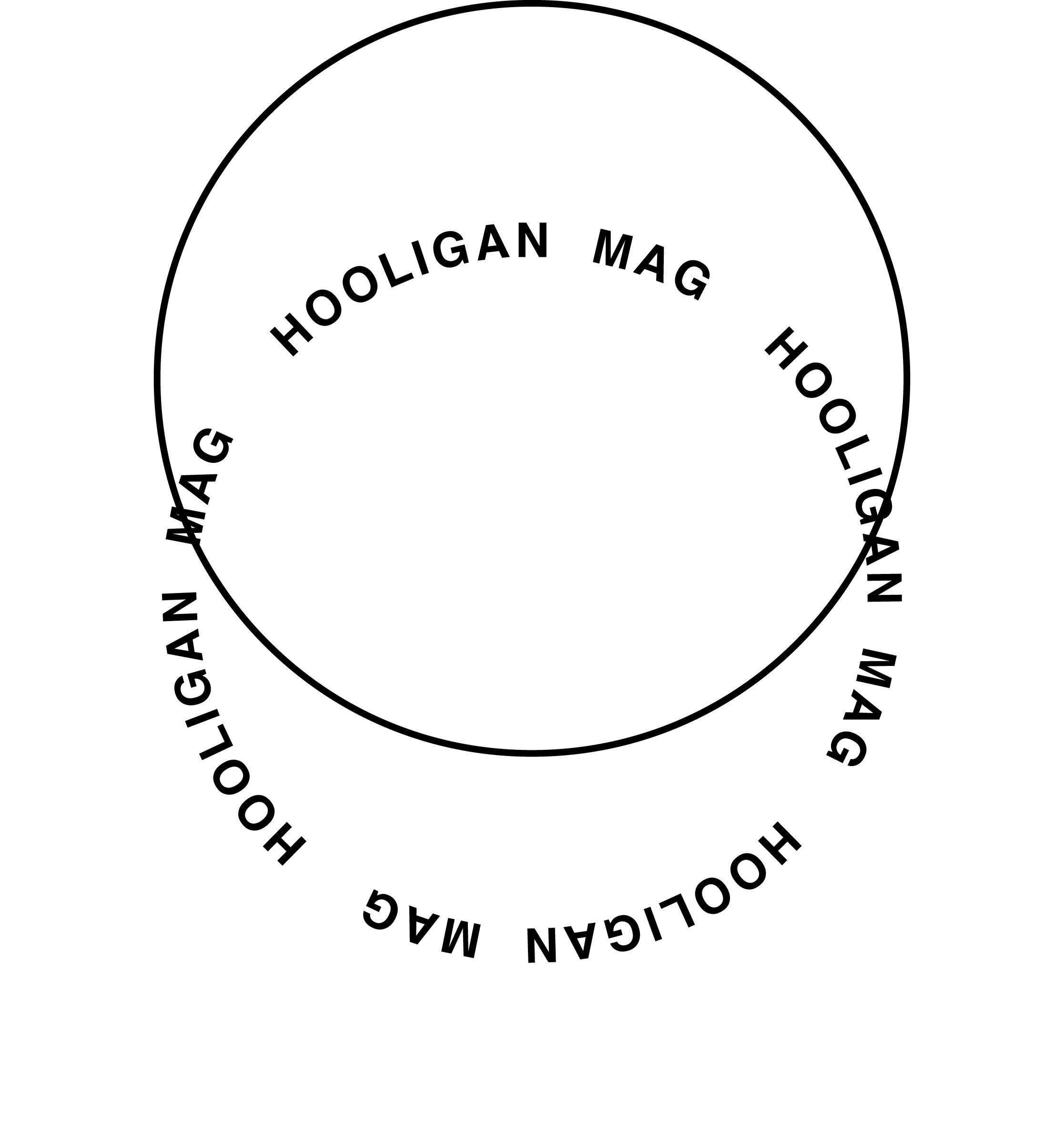Artist Profile: Udita Upadhyaya
Words & Cloth, An Afternoon with Udita Upadhyaya
By Allison Shyer
Vibhajan II: Revisiting the Line
“I feel like I’m always performing everything even when nobody’s looking.”
Udita Upadhyaya and I are in the living room. We are both slightly disheveled and drinking cold coffee. The first time we met was at a symposium on art and labor at Hume Gallery, Trump had recently been elected, we were all feeling exhausted and inconsolable. As I would grow to know Udita better, I would come to understand that she sees her work as both labor and play, a practice that allows her to be in touch with the unfamiliar within herself and outside.
An Inventory : Remnants from a constellation of lived performances
The day of our interview Udita and I took a walk around gloomy Humboldt park. The air was humming with newness as well as uncertainty; I have often felt that it is the ability to thrive in this climate that has brought Udita and I together as artists and friends.
What struck me first about Udita was her brash vulnerability, her ability to navigate her own emotion and where it fits into the climate of art and the broader world. Udita’s work exists at the intersection of the body, language and material exploration -- her recent work An Inventory: Remnants From a Constellation of Lived Performances exists in synchronicity with its viewers, who are instructed to stand in front of the large panels of scattered text and read them out loud. The language of the piece--bodily and intimate--exists in English with scattered flecks of Hindi, words that were important to the feeling of the text but lacking in English translations that did them justice.
Instead of flattening their meaning, Udita chose to include them as they were to her and without translation in her body of text. Translation, and the mystery and pain that can lie on either side of that process, are a driving force for Udita. Language itself, a churning mystery, an inheritance, a wound, a body.
Udita: English is our language too and English is as much mine as it is anybody else’s. I have been feeling guilty about losing Hindi and I have been trying to figure out why, and I think it comes from [the feeling that] “oh that’s the language of the colonizers.” that’s an important thing to talk about in post colonial identity -- I'm not speaking someone else's language, I am speaking my own- there’s a complicated history with it but it's mine.”
Much of Udita’s work exists as an inventory of what is hers and what is not quite hers, what is available to her as an artist who exists between two languages is a sense of mystery and mutability. This yearning leads Udita to deconstruction. The intimate textile work You Gift Me Your Spine is a process based exploration of a material through its undoing. The material, treated with utmost care, still diminishes with every time the work is shown.
You Gift Me Your Spine
Udita: I thought of it as a performative process where I was unmaking it with my hands and giving myself permission to interact with it and it started to become very much like text, and this idea of loss and language and I started thinking about how I’m losing my mother tongue--which is not my first language. When I talk about it, it sounds super nostalgic but for me, it comes from this place of feeling frustrated that I could have access to this entire literature from this language because I can’t read it anymore
In this way, the fabric, much like a language slipping from memory, remains familiar while becoming unknown, the structure, laid bare, gives hints in its undoing towards its former use and retains its own obtuse beauty. Udita’s poetic approach to material and abstract approach to language let her treat every object that she encounters like a poem. Later in the day she asked me “do you know how to make rope?” The process for her was so simple that it was revolutionary: wind thread around two pencils and twist, but the exercise must be done by two people in unison. Udita has taught me that an object can be a performance, a performance can be a poem and a poem can be an object; the alchemy of an artist is to learn how to live in discomfort and in grace in-between.




